How Fast Can An Ebike Go?

When buying an electric bike, beginners will encounter the problem of choosing the speed of the electric bike. That is, the choice of motor power. Generally, the greater the motor power, the stronger the power performance of the electric bike, and the faster the riding speed.
Depending on how hard and how often you pedal, you can hit zero to tens of miles per hour. When utilizing standard bikes, you are in complete control of the speed and can easily get around.
What about the speed of electric bikes?
There is a maximum speed that you can reach on an electronic bike. While mountain and road bikes are great for getting around, an e-motor bike allows for far greater speed. And labor-saving, you can ride for a long time. Of course, we also have to take into account local laws when choosing an electric bike.

What affects the speed of an electric bike?
Electric bikes have risen in popularity due to their convenience, speed, and ability to go up steep hills. Although many people use e-bikes for recreational riding or short excursions to the shop, others want an e-bike that can withstand longer rides on a single battery charge. Electric bike top speeds are affected by several factors, including wheel size, motor power, batteries, terrain, brakes, tires, controllers, speed limiters, frame, stability, weight, wind, and uphill. Moreover, state and federal laws set the maximum legal speeds in public areas.
Top speed of electric bike
Regular brands of e-bikes have a top speed between 15 and 35 Mph. Euy's e-bike has a top speed between 20 and 32 mph. Euy fat bikes can go up to 30mph. But that doesn't mean you should be driving at that speed all the time. Local and state laws in the United States set maximum allowable speeds for different types of e-bikes. Modified e-bikes may reach top speeds of 100 Mph. But this clearly violates the laws of most states. And it's very unsafe, riding a bike at the speed of a car can easily put you in danger.
Classes 1, and 2, refer to the maximum legal speeds for electric bikes in different states. Please be aware that there is some variation in these categories among the 50 states. Do a quick internet search or call your state's Department of Motor Vehicles to learn the rules. Class 1, as well as class 2 e-bikes, are legal to ride on the street in the majority of US states.

Is the faster the electric bike, the better?
The short answer would be no. Having a faster E-bike is not a good idea because there are different speed laws in other countries, especially E-bikes. To some, an E-bike going faster is better. Still, you should never forget that E-bikes have limiters on them. These limiters are in place for safety reasons because if E-bikes were going as close to the speeds of motorcycles (even if possible), then the entire road would be filled with E-bikers clashing with each other.
E-bike Speed Laws
The classification of E-bikes in the United States is divided into three tiers, Class I, Class II to Class III, with many states abiding by these three.
Class I E-bike
Class I e-bikes, can only go up to 20 mph, and their electric motors only engage when the user is cranking the pedals. In the United States, Class I e-Bikes are legal wherever regular bicycles are. This includes bike paths, lanes, as well as parking lots. The throttle on some pedelecs provides an extra power boost. However, it is only activated while the user is cranking the pedals. This means that even if a pedelec e-Bike has a throttle, the rider will still need to pedal to move.
Class II E-bike
Class II e-bikes have the same 20 mph cap on top speed. However, the throttles on these e-Bikes mean that a rider isn't even necessary to get the bike moving. However, riders can still use their pedals in conjunction with the throttle. Class II e-Bikes remain legal in the United States and can be ridden on many of the same paths as standard bicycles.
Class II e-bikes are permitted in the United States because the maximum speed for something like a low-speed electric bike is 20 mph, as stated by federal law. Class III e-bikes, commonly called speed e-bikes, may also feature a throttle, as seen in the following subsection. Riders should also be aware that state laws can differ on the maximum authorized power output of an e-Bike.
Class III E-bike
Class III e-Bikes, often called speed e-Bikes, are electric bikes with top speeds of up to 28 mph. The most noticeably different from regular e-bikes is how fast one can ride one while adhering to traffic laws on speed e-bikes. Road and on-road bike lanes are the only places where Class III e-Bikes are permitted due to their excessive speed for off-road bike routes. However, you shouldn't take them on shared trails or off-road bike lanes where other users might be present. Similarly, Riders should research if Class III e-Bikes are permitted in your state and the maximum allowed speed for such vehicles before buying or riding one.
Class III e-bikes are restricted in some states, including Texas and Tennessee. Only electric bikes in Class I and II are legal in New York.
For a more in-depth look at the classification of e-bikes, see our previous article "What is the difference between classes 1, 2, and 3 e-bikes?".

Conclusion
People who desire to put in less effort while biking yet cover more ground will find electric bikes a welcome invention. E-bikes' electric propulsion systems make for a more enjoyable cycling experience. Most electric bicycles offer a pedal assist mode, so you can ride without worrying about exerting too much.
While these developments are exciting, it's essential to consider why you want an e-bike and how fast you would want to travel before making a purchase. Choosing a comfortable speed for your electric bike is equally as crucial, as excessive velocity can lead to crashes and injuries. A speed of 15 mph is suggested for those new to riding electric bikes.





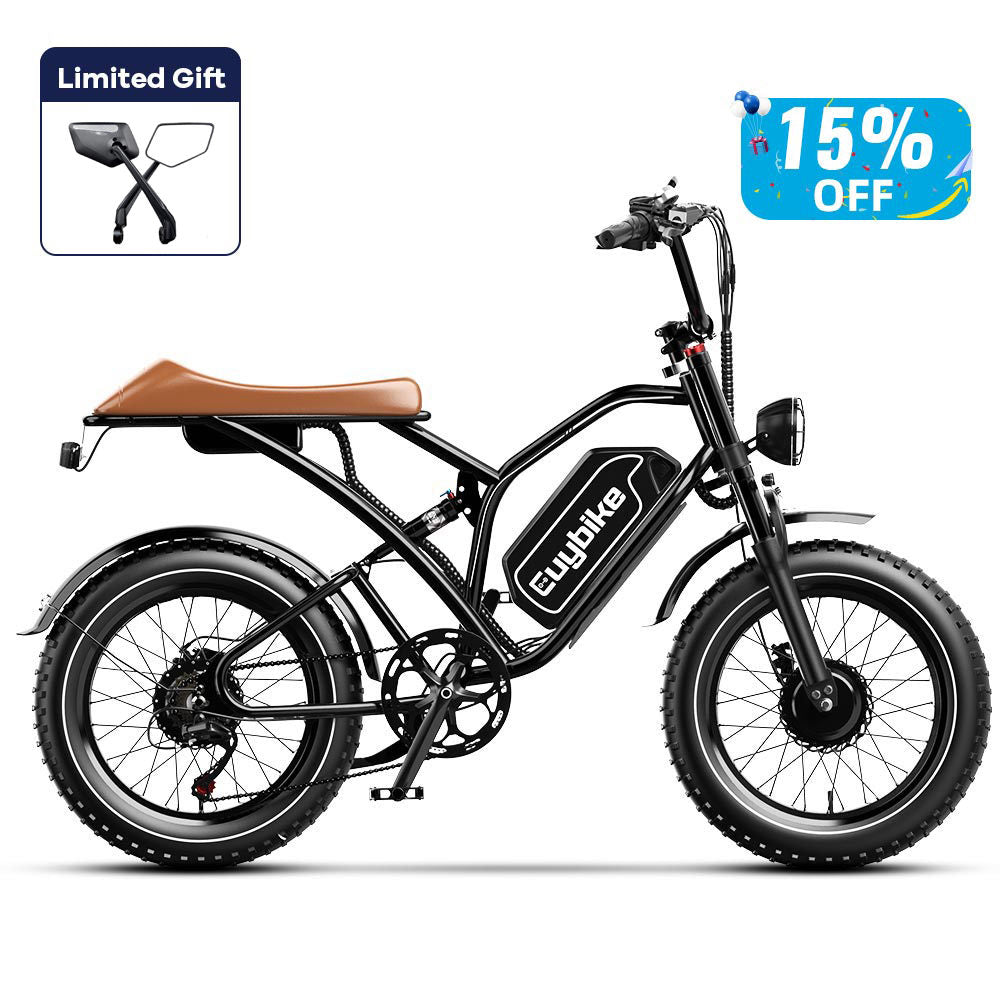

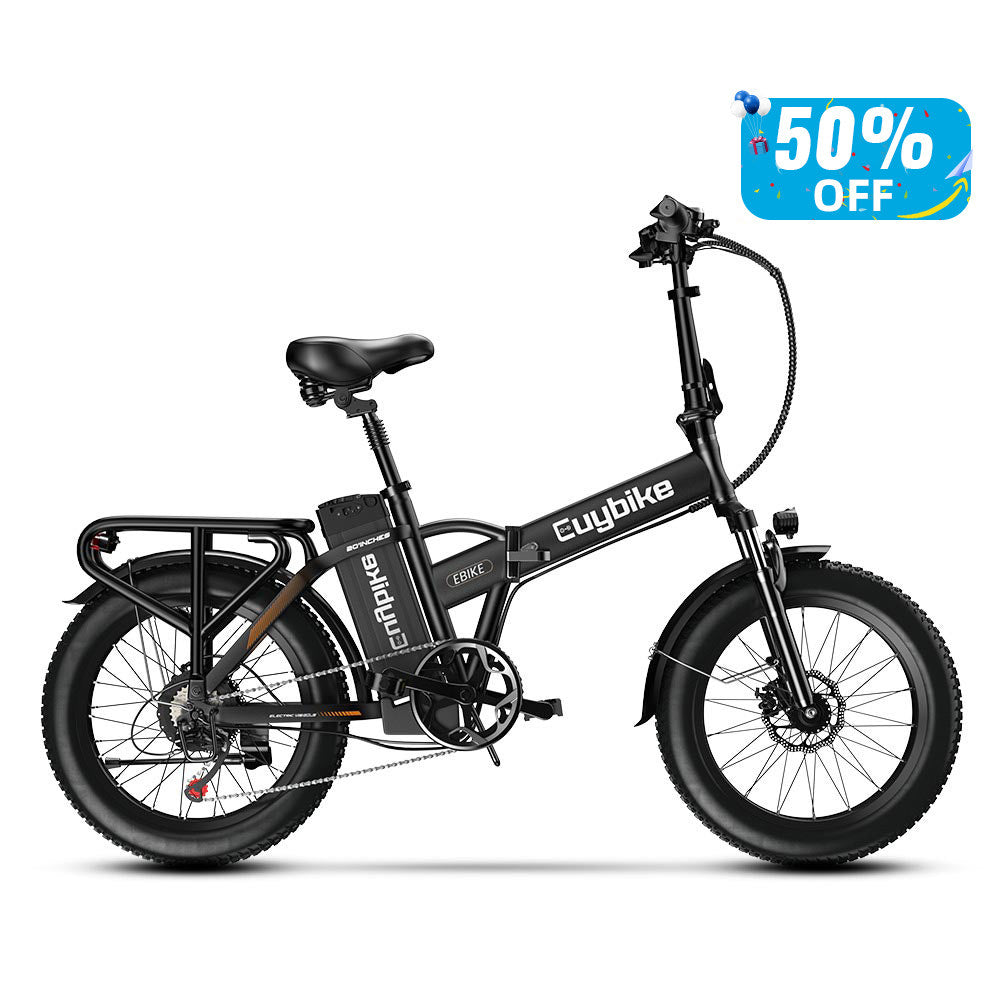
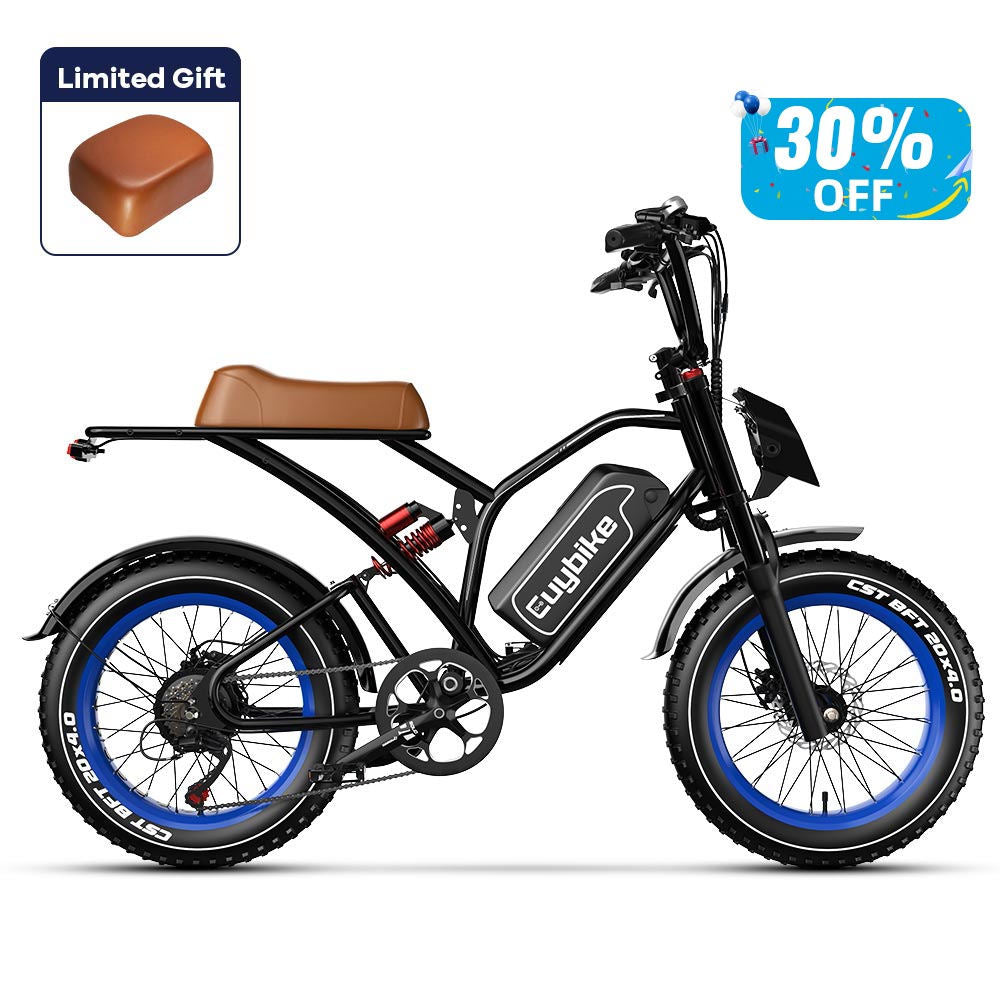
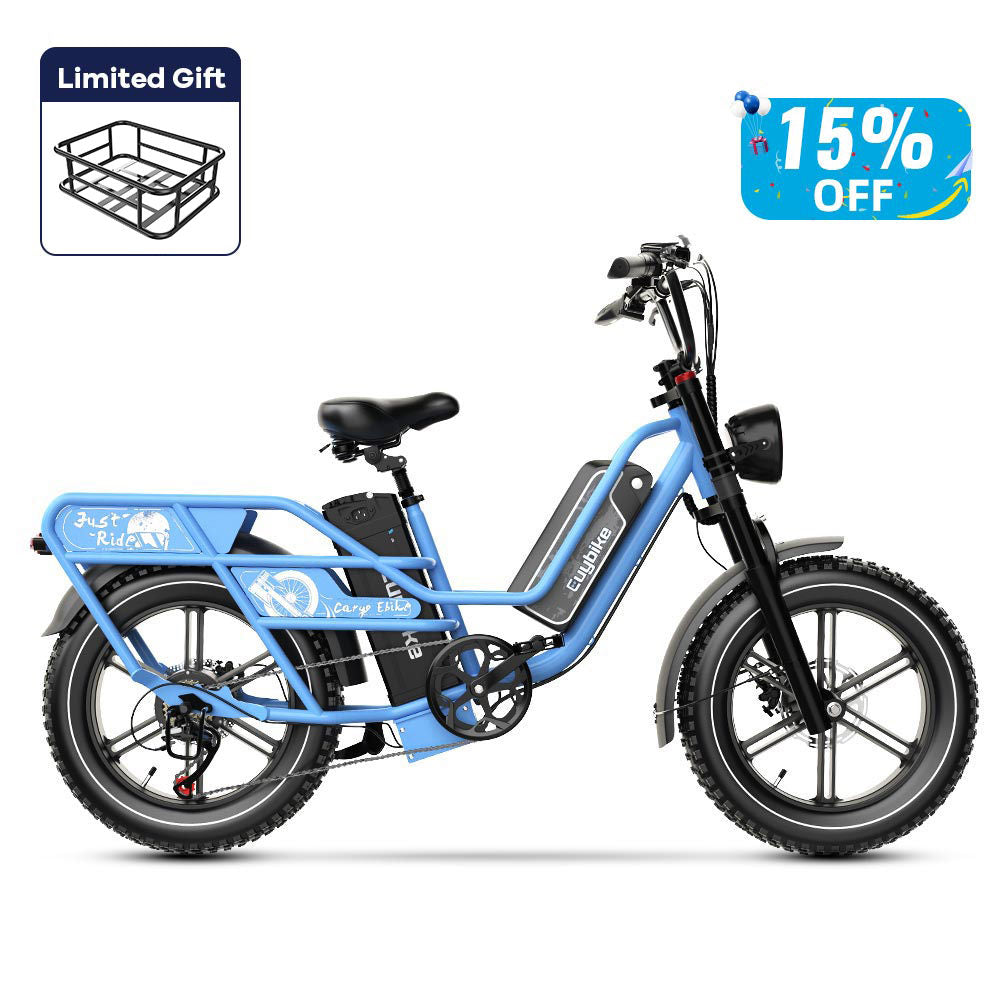




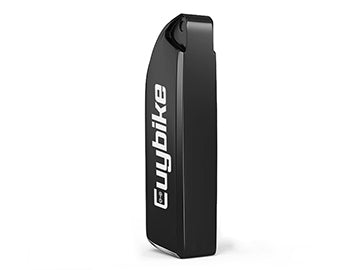



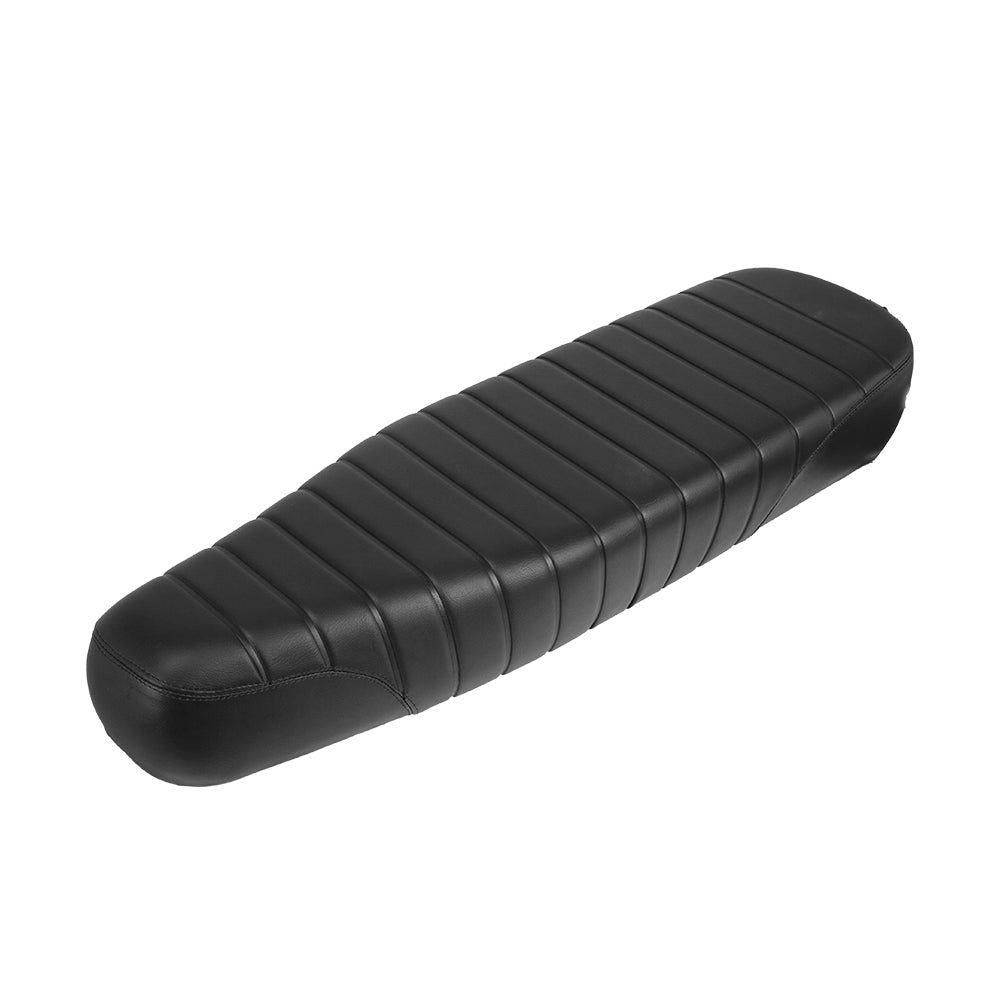

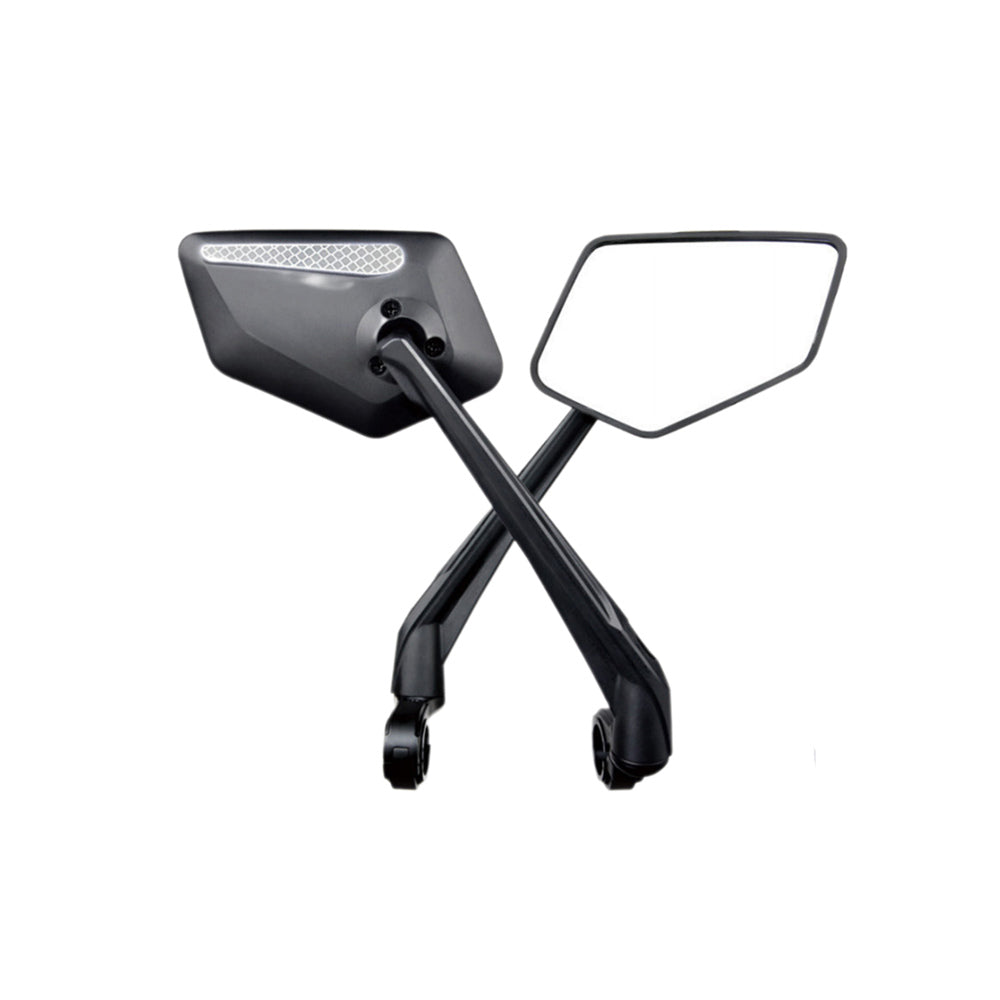








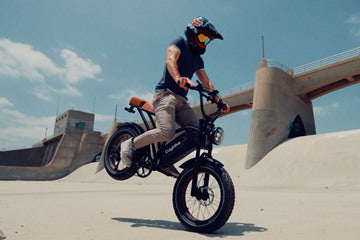



Leave a comment